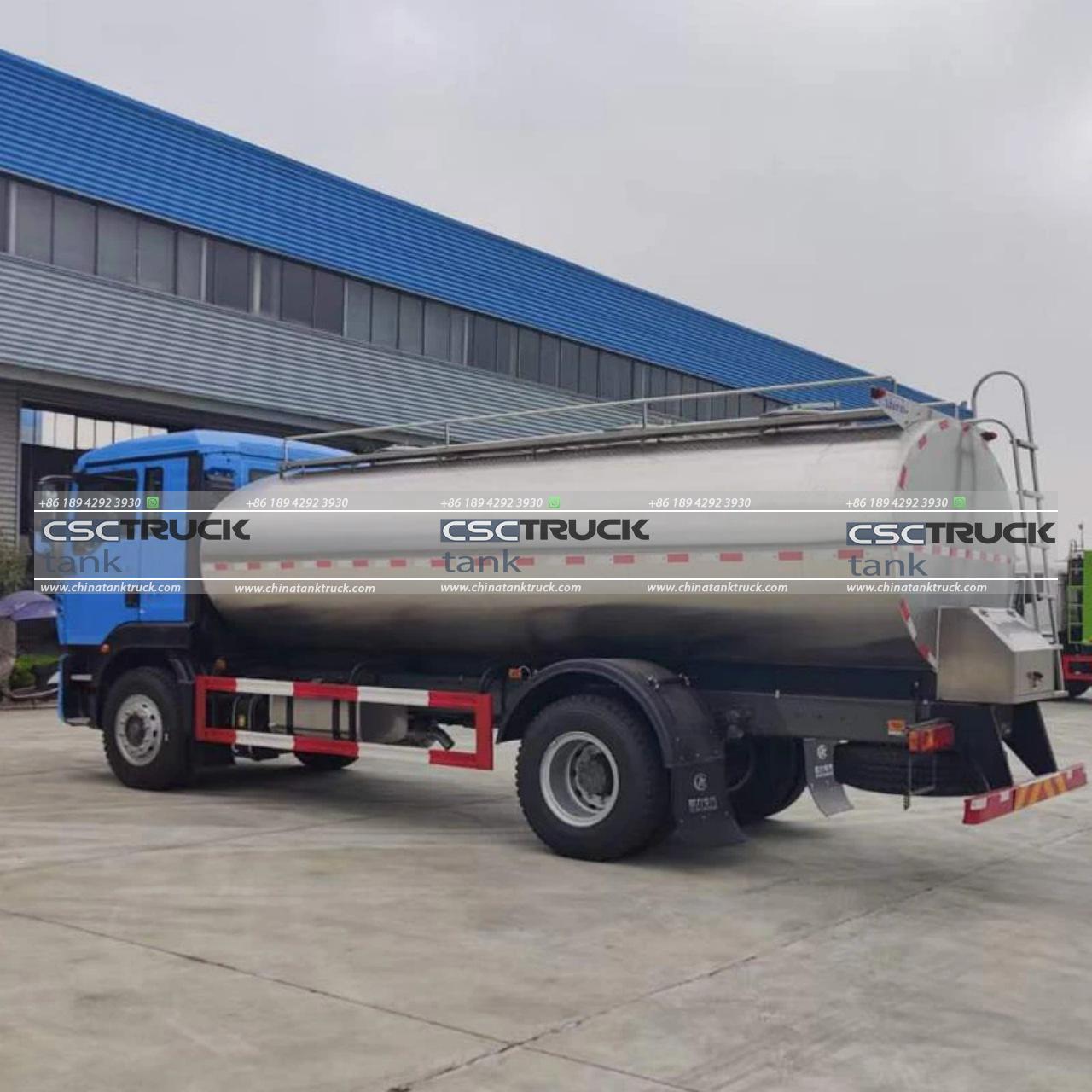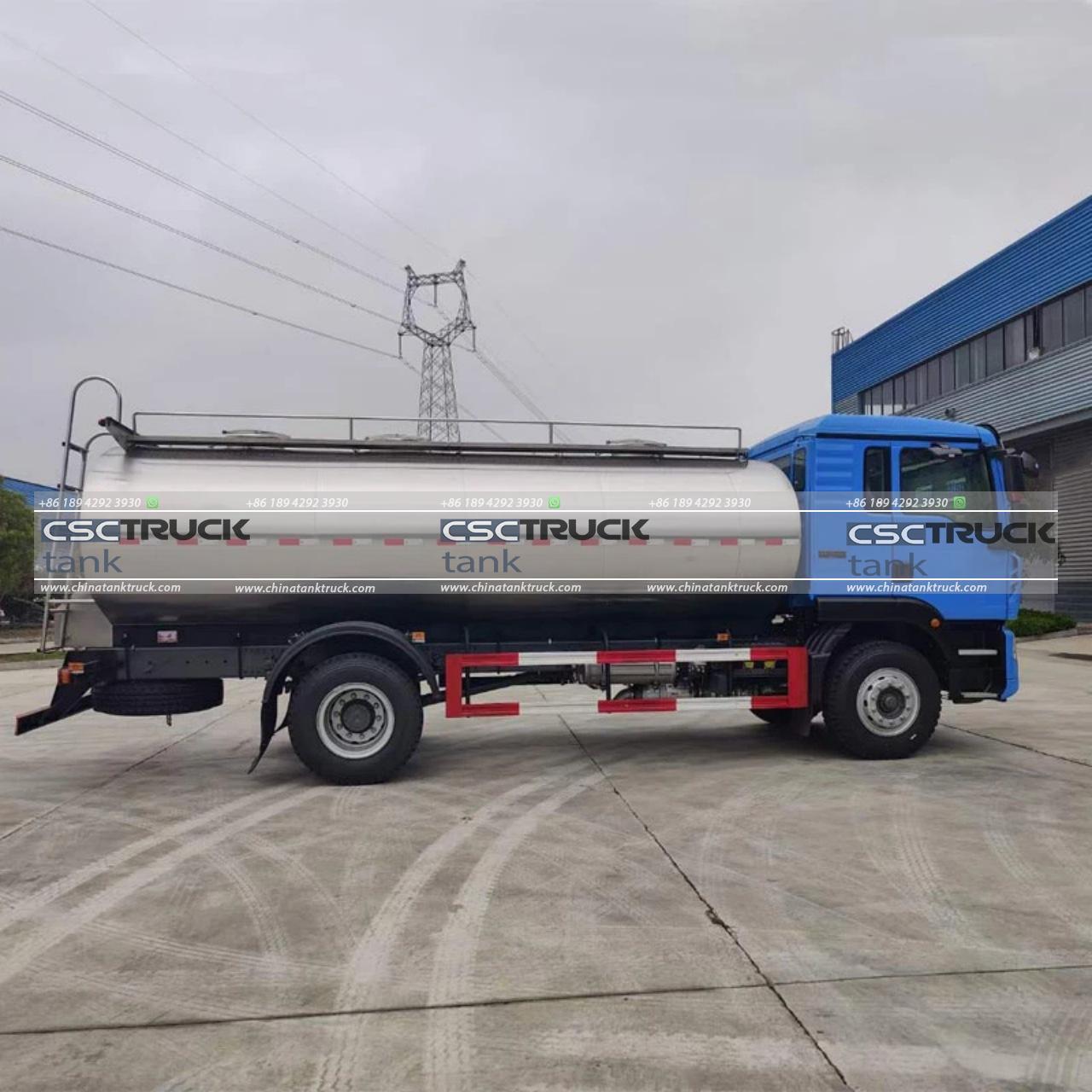How Big are Milk Tanks?
Milk tanks, also known as bulk milk tanks or bulk milk coolers, are essential in dairy farming and milk processing industries. These tanks are designed to store and cool milk, maintaining its freshness until it is transported for further processing. The size of milk tanks can vary significantly depending on the scale of the dairy operation, the volume of milk produced, and the specific requirements of the processing plant. Understanding the various sizes of milk tanks is crucial for dairy farmers and processors as it impacts milk quality, operational efficiency, and cost-effectiveness.
The Role of Milk Tanks in the Dairy Industry
Before delving into the sizes of milk tanks, it is essential to understand their role in the dairy industry. Milk is a highly perishable product that must be stored at low temperatures to prevent spoilage. After milking, the milk is transferred to a bulk milk tank where it is rapidly cooled to a temperature between 1°C and 4°C (34°F and 39°F). This cooling process is vital as it slows down the growth of bacteria, ensuring that the milk remains fresh until it is collected for processing.
Milk tanks are typically made from stainless steel, which is chosen for its durability, ease of cleaning, and corrosion resistance. The tanks are also equipped with agitators to keep the milk moving, preventing cream from separating and ensuring uniform cooling. In addition to cooling, milk tanks may also be used for storing milk at the processing plant before it is pasteurized, homogenized, or processed into other dairy products.

Size Variations of Milk Tanks
The size of milk tanks can vary widely depending on the needs of the dairy operation. The capacity of these tanks is usually measured in liters or gallons. Below are the common sizes of milk tanks and their typical applications:
1. Small-Scale Dairy Farms (500 to 1,500 Liters / 132 to 396 Gallons):
Small-scale dairy farms, which typically have fewer cows, require smaller milk tanks. These tanks usually range in size from 500 to 1,500 liters (132 to 396 gallons). Such tanks are sufficient for farms with up to 50 cows, where milk production is relatively low. Small milk tanks are often used by farms that sell their milk directly to consumers or local markets.
These tanks are compact and can be installed in limited spaces. They are often equipped with manual or semi-automatic cleaning systems. The smaller size of these tanks makes them easier to clean and maintain, which is important for ensuring milk quality.
2. Medium-Sized Dairy Farms (2,000 to 8,000 Liters / 528 to 2,113 Gallons):
Medium-sized dairy farms, with 50 to 200 cows, require larger milk tanks to accommodate the increased volume of milk. These tanks typically have a capacity of 2,000 to 8,000 liters (528 to 2,113 gallons). Medium-sized tanks are ideal for farms that supply milk to larger processors or cooperatives.
These tanks are more sophisticated than smaller ones, often featuring fully automated cooling and cleaning systems. The larger capacity allows for the efficient handling of milk from multiple milkings before collection. This reduces the frequency of milk collection, which can lower transportation costs.
3. Large Dairy Farms (10,000 to 30,000 Liters / 2,641 to 7,925 Gallons):
Large dairy farms, with hundreds of cows, produce substantial quantities of milk daily. To handle this volume, these farms use milk tanks with capacities ranging from 10,000 to 30,000 liters (2,641 to 7,925 gallons). Such large tanks are essential for farms that supply milk to major processors or that are part of large dairy cooperatives.
Large milk tanks are highly automated, with advanced temperature control and cleaning systems. These tanks are often connected to sophisticated milk management systems that monitor milk quality, temperature, and volume in real-time. The large capacity of these tanks allows for the storage of milk from several milkings, ensuring that milk is always fresh and ready for collection.
4. Industrial-Scale Milk Storage (50,000 Liters and Above / 13,208 Gallons and Above):
In industrial milk processing facilities, where milk is processed into various dairy products, the need for large-scale storage is paramount. These facilities use massive milk tanks with capacities of 50,000 liters (13,208 gallons) or more. In some cases, milk tanks can hold up to 100,000 liters (26,417 gallons) or even more.
These tanks are integral to large-scale milk processing operations, where milk from multiple farms is combined, processed, and distributed. The tanks are designed to maintain the quality of milk over extended periods, and they are equipped with state-of-the-art cooling, cleaning, and monitoring systems. These tanks are usually installed outdoors due to their size, and they are built to withstand harsh weather conditions.

Factors Influencing the Size of Milk Tanks
Several factors influence the size of milk tanks required for a dairy operation or processing plant. These include:
– Milk Production Volume: The most significant factor is the volume of milk produced daily. Farms or processing plants that produce or handle large quantities of milk will require larger tanks to accommodate the milk without frequent collections.
– Collection Frequency: The frequency with which milk is collected from the farm or delivered to the processing plant also determines the size of the milk tank. If milk is collected less frequently, a larger tank will be needed to store the milk between collections.
– Space Availability: The physical space available for installing the milk tank is another crucial consideration. Farms or facilities with limited space may opt for smaller tanks or vertical tanks that occupy less floor space.
– Budget: The cost of the milk tank is also a determining factor. Larger tanks are more expensive, both in terms of initial purchase and maintenance. Farms or plants with budget constraints may need to balance capacity needs with cost considerations.
– Regulatory Requirements: In some regions, regulations may dictate the minimum or maximum size of milk tanks based on the scale of the operation. Compliance with these regulations is essential to avoid penalties and ensure the quality and safety of the milk.
Conclusion
Milk tanks are a vital component of the dairy industry, ensuring that milk remains fresh and safe from the time it is produced until it reaches the processing plant. The size of these tanks varies widely, from small tanks for small-scale farms to massive tanks used in industrial processing facilities. The choice of tank size is influenced by factors such as milk production volume, collection frequency, space availability, budget, and regulatory requirements. By selecting the appropriate size of milk tank, dairy farmers and processors can optimize their operations, reduce costs, and maintain the highest standards of milk quality.


